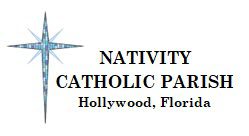A sacrament is a visible sign of an invisible reality.
Mother Angelica
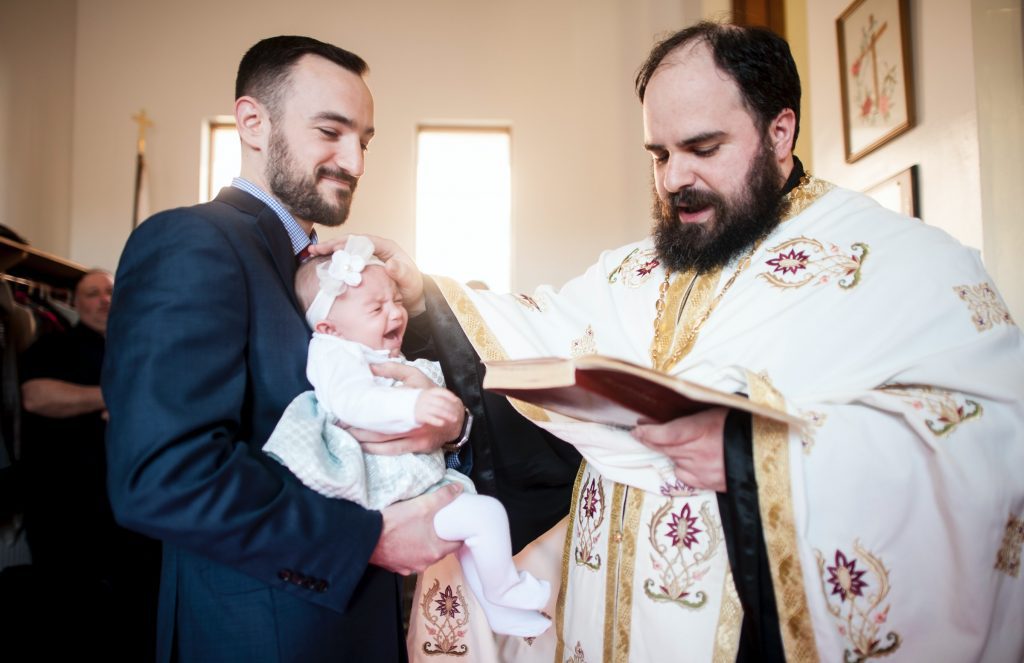
Baptism
Baptism is the best gift we have received. Through it, we belong to God and we possess the joy of salvation.
Pope Francis
Baptism is a sacrament in the Catholic Church in which a person is initiated into the faith and becomes a member of the Church. It is a sacred ritual in which a person is immersed in water or has water poured over them as a symbol of their cleansing from sin and their rebirth as a child of God. In the Catholic Church, babies are typically baptized shortly after birth, but adults can also be baptized at any age. The sacrament of baptism is an important step in a person’s journey of faith and is often celebrated with a special ceremony at a church. At Nativity Catholic Church, we can help you to prepare for this special occasion. We have a team of dedicated clergy and staff who can help you plan and celebrate your baptism in a meaningful way.
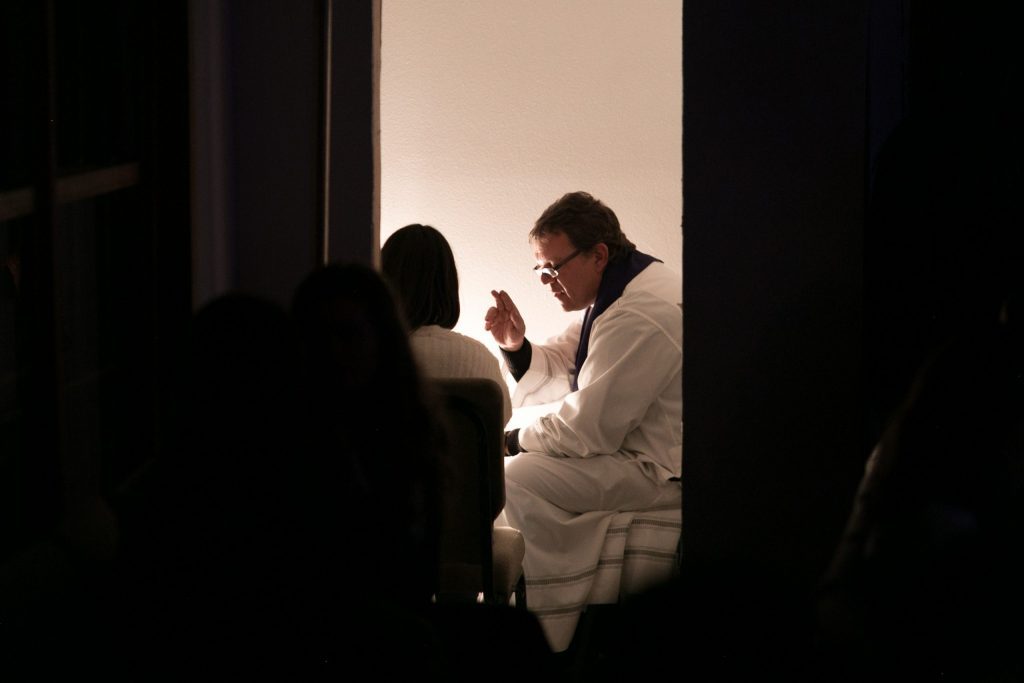
Reconciliation
The Lord never tires of forgiving. It is we who tire of asking for forgiveness.
Reconciliation, also known as penance or confession, is a sacrament in the Catholic Church in which Catholics confess their sins to a priest and receive absolution. It is believed that through the sacrament of reconciliation, Catholics receive the grace of God’s forgiveness and are reconciled with God and the Church. The rite of reconciliation includes an examination of conscience, confessing one’s sins to the priest, and receiving a penance, which is a task or action that the penitent (the person confessing their sins) must perform in order to demonstrate their repentance and desire to change. The priest then grants absolution, which is the forgiveness of sins. Catholics are encouraged to participate in the sacrament of reconciliation regularly, especially before receiving the Holy Eucharist. It is seen as an important way to maintain a right relationship with God and to grow in holiness.
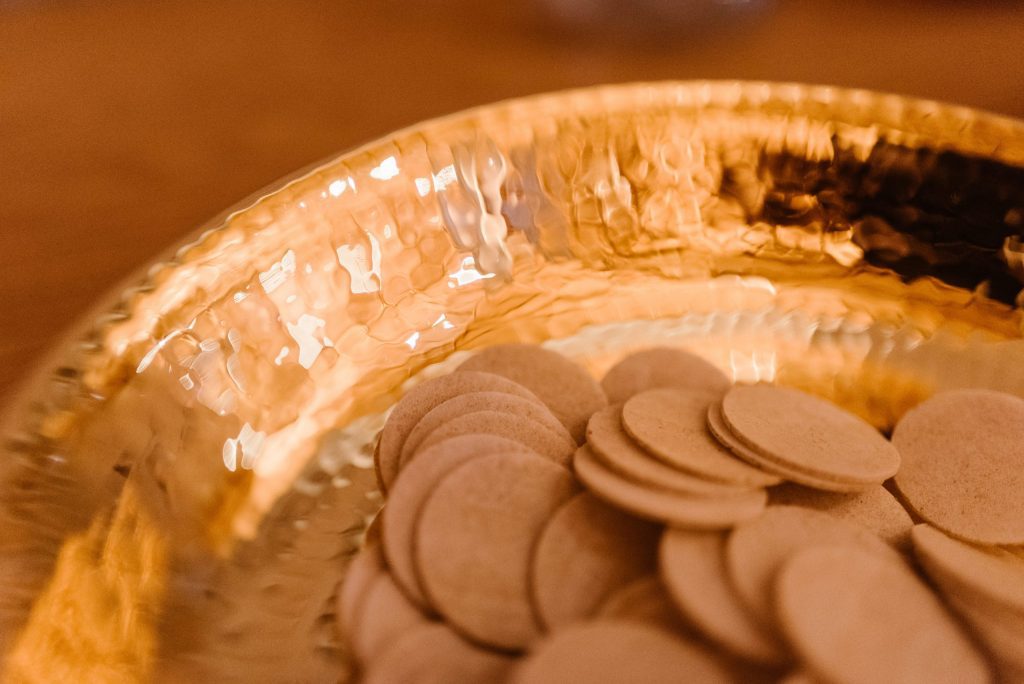
Holy Eucharist
The Lord never tires of forgiving. It is we who tire of asking for forgiveness.
The Holy Eucharist, also known as the Mass or the Lord’s Supper, is a central rite in the Catholic Church and many other Christian denominations. It is a re-enactment of the Last Supper, during which Jesus shared bread and wine with his disciples before his death and resurrection. During the Holy Eucharist, bread and wine are consecrated and become the body and blood of Christ. Catholics believe that the bread and wine are transformed into the actual body and blood of Jesus, while others understand this to be a symbolic representation of Jesus’ presence. The Holy Eucharist is seen as a source of spiritual nourishment and an opportunity to participate in the life of Christ. It is typically celebrated at least once a week in Catholic churches and is an important part of the Catholic faith
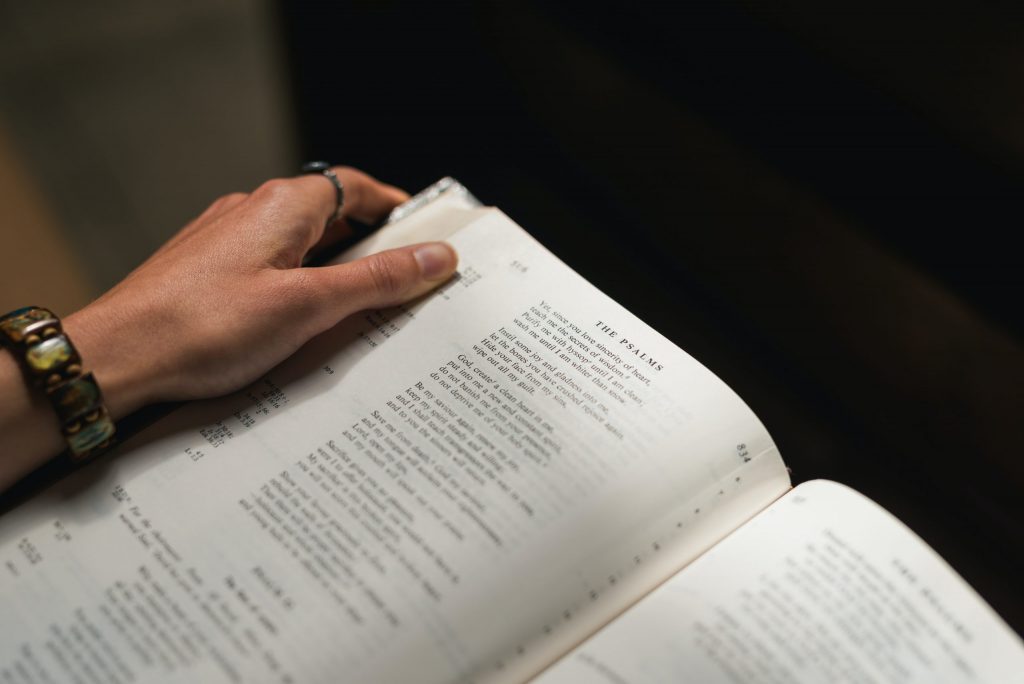
Confirmation
For I know well the plans I have in mind for you—oracle of the LORD—plans for your welfare and not for woe, so as to give you a future of hope.
Jeremiah 29:11
Confirmation is a sacrament in the Catholic Church in which a person is sealed with the gifts of the Holy Spirit and becomes a full member of the Church. It is typically received by Catholics during their teenage years as a way to strengthen their faith and commitment to the Church. In the Catholic Church, confirmation is usually received after baptism and before receiving the Holy Eucharist. The rite of confirmation includes the laying on of hands by a bishop or a priest, and anointing with oil, which is a symbol of the presence and power of the Holy Spirit. Confirmation is seen as a way for Catholics to reaffirm the promises made at their baptism and to receive the grace and strength of the Holy Spirit to live out their faith. It is an important step in the Catholic faith journey and is typically preceded by a period of preparation and study.
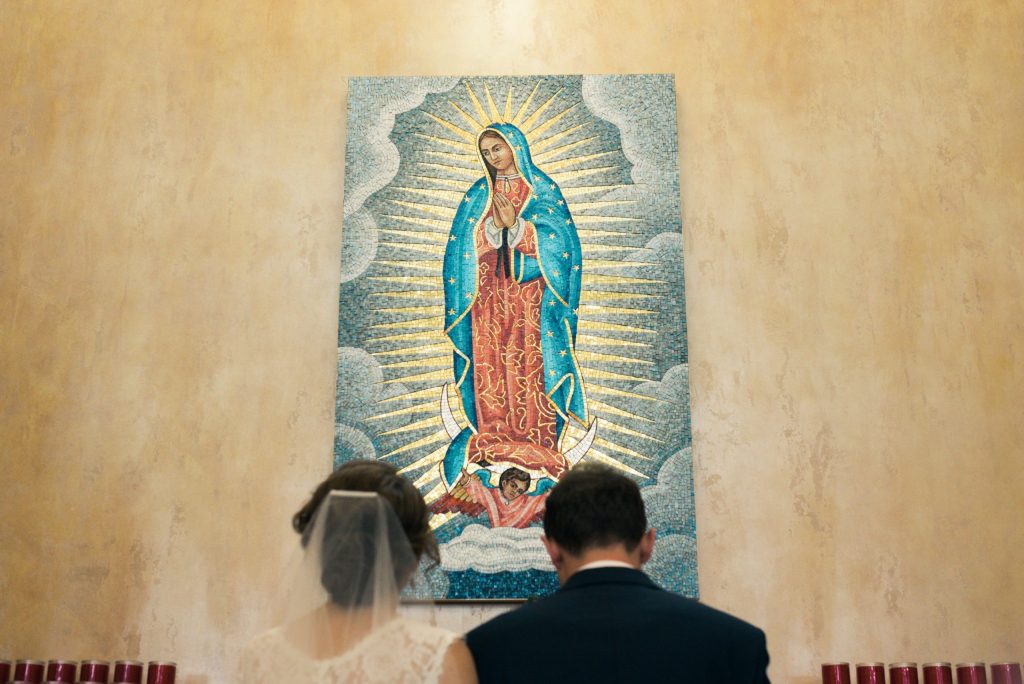
Matrimony
There should be in the life of every married couple a continual building of the sacrament.
Mother Angelica
Matrimony is a sacrament in the Catholic Church in which a man and a woman are united in marriage. In the Catholic Church, marriage is seen as a covenant between a man and a woman, which is sacred and lifelong. It is a partnership of mutual love, support, and fidelity, in which the couple is called to help each other grow in holiness and to be a witness to the love of God in the world. In the Catholic Church, a valid marriage must be celebrated in the presence of a priest or deacon and two witnesses, and it must be witnessed by the exchange of vows, the exchange of rings, and the consummation of the marriage through physical union. The Catholic Church teaches that marriage is a natural institution that pre-exists the Church, and that it is the union of one man and one woman for the purpose of forming a family and providing a stable environment for the upbringing of children.
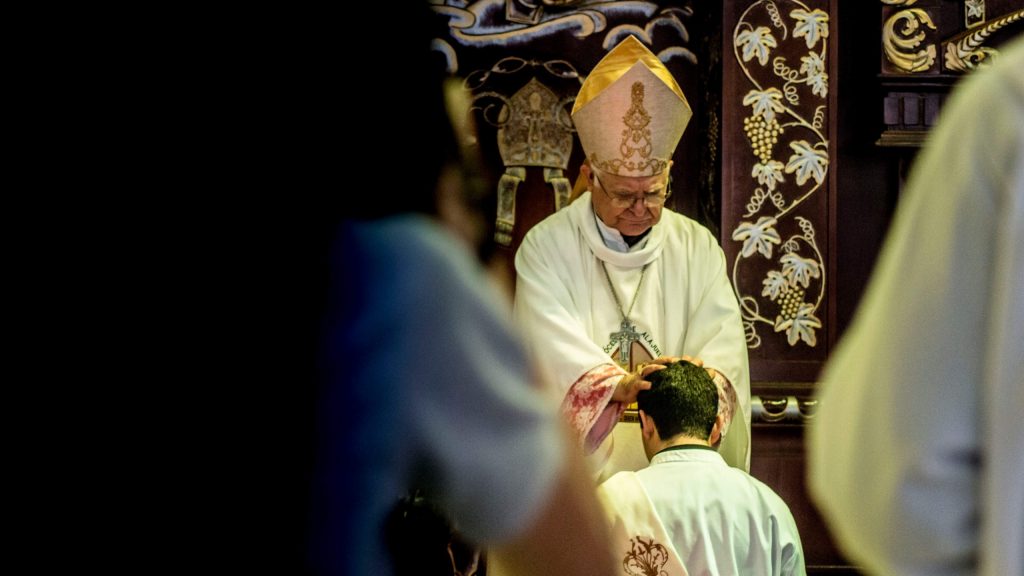
Holy Orders
Christ’s invitation to the priesthood is an invitation to a way of life that is athletic in its intensity and heroic in its form.
Father Robert Barron
Holy orders is a sacrament in the Catholic Church in which a man is ordained to the ministerial priesthood or consecrated as a bishop. It is one of the three sacraments of vocation, along with matrimony and religious life. In the Catholic Church, holy orders is the means by which the mission entrusted by Christ to his apostles continues to be exercised in the Church until the end of time. Through the sacrament of holy orders, men are ordained to the priesthood and are given the power to celebrate the sacraments, especially the Holy Eucharist, and to act in the person of Christ as head of the Church. The sacrament of holy orders consists of three degrees: the diaconate, the priesthood, and the episcopacy. Each degree involves a public rite of ordination, in which the candidate is called by God and consecrated by the laying on of hands and the invocation of the Holy Spirit. Holy orders is a permanent, irrevocable commitment, and those who are ordained are expected to live a life of service to the Church and to the people of God.
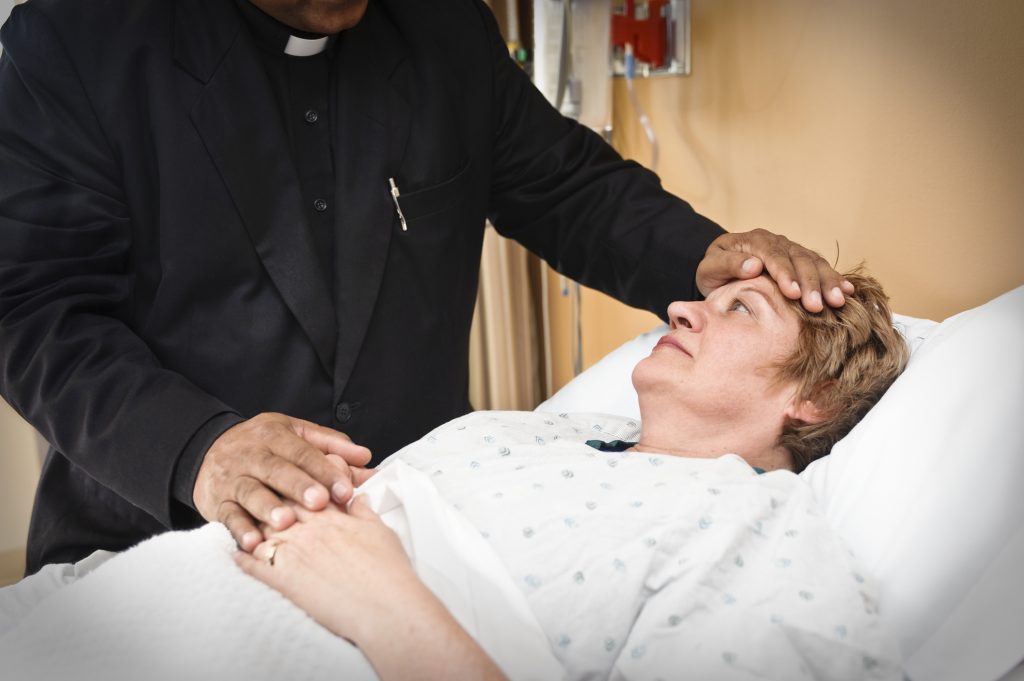
Anointing of the Sick
He summoned the Twelve and began to send them out two by two… They anointed with oil many who were sick and cured them.
(Mark 6:7, 13)
Anointing of the sick is a sacrament in the Catholic Church in which a priest anoints a person who is seriously ill or in danger of death with oil. It is believed that through the anointing, the person receives the grace of God and the comfort and strength of the Holy Spirit to face their illness or impending death. The anointing is accompanied by the laying on of hands, a prayer for healing, and, if appropriate, the administration of the Holy Eucharist. The anointing of the sick is not only for those who are physically ill, but also for those who are spiritually or emotionally distressed. It can be received by Catholics of any age, including infants and children. The anointing of the sick is seen as a way for Catholics to receive the support and care of the Church as they face difficult times in their lives.
